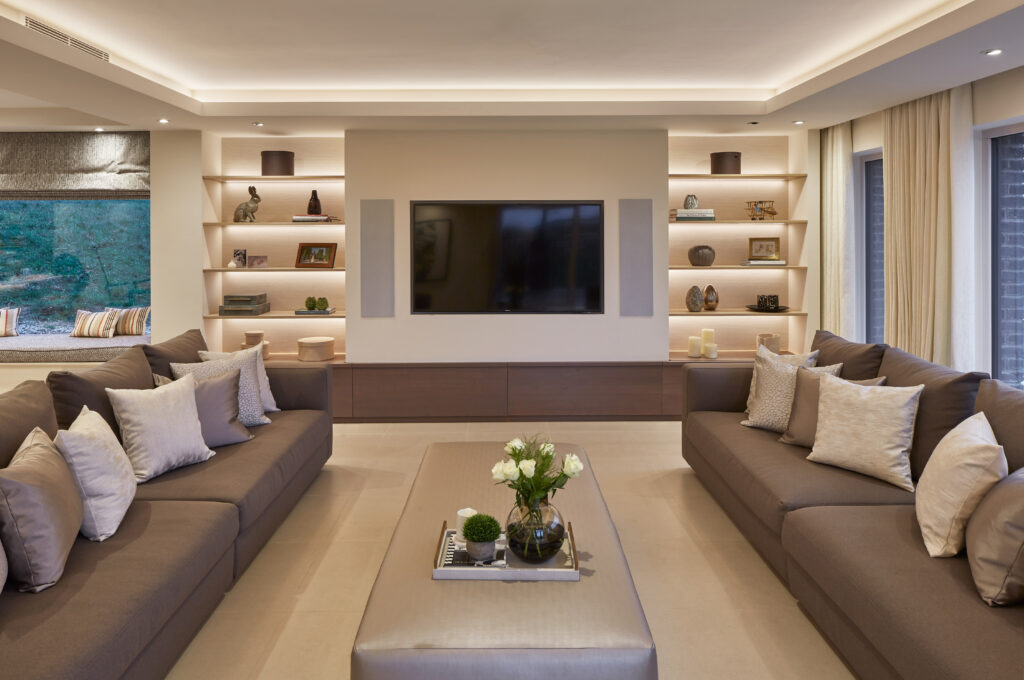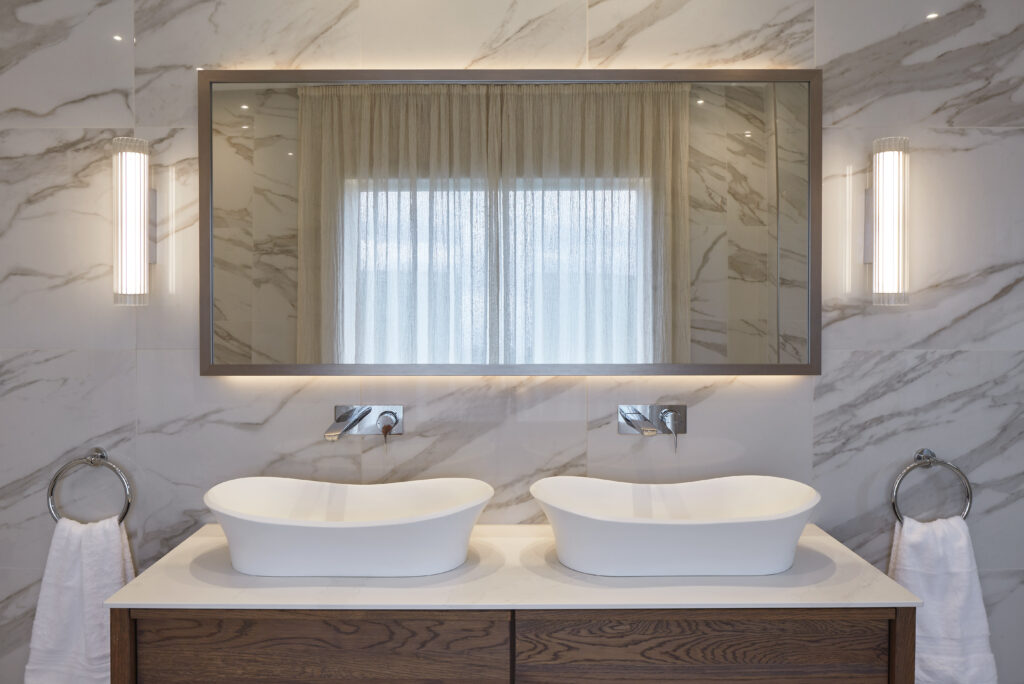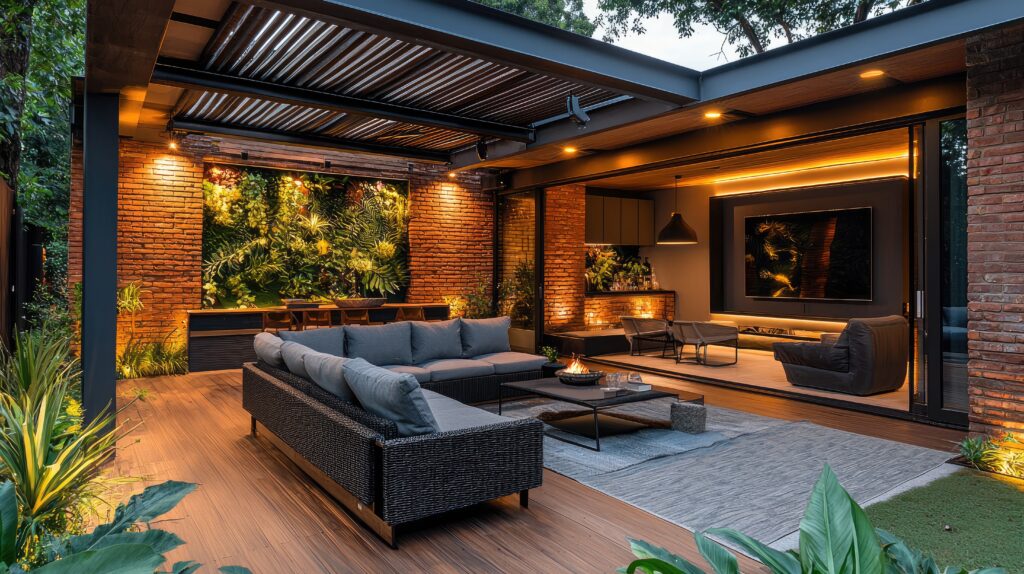Designed for total lighting control
This article will explain DALI: what it is, how it works and why it is useful.
DALI stands for Digital Addressable Lighting Interface. It is a product of a consistently evolving globalised set of standards, DALI is IEC 60929 and DALI-2 is IEC 62386. DALI was developed in order to ensure a seamless system of interoperability; built on a foundation of open protocol. Put another way, it means that DALI products work together and talk with each other, regardless of the manufacturer or supplier. Users can be confident that appropriate systems and software can incorporate and interchange DALI drivers, for example, into their network.
DALI can manage a wide array of functions within the building, ranging from colour control to emergency testing and feedback, along with complex scene setting being manageable by the average person. Fundamentally, a master/ slave function is used, where the luminaires act as slaves and carry out the instructions from the core system. Each DALI product is assigned a unique address in the network so that they can be operated individually.
These individually controlled light fittings can be grouped together into relevant areas, such as rooms or dedicated spaces. The DALI protocol allows for a maximum of sixty-four fittings onto a network and each network can be segmented into sixteen areas. This means that those sixty-four fittings can be divided into sixteen different groups. For most applications, like in large office blocks or apartment buildings, one network isn’t enough to cover the whole requirement because more than sixty-four DALI enabled LED luminaires are needed. This means that several networks must be linked together in a wider system. Typically, 5-core or 6-core cables are used and DALI is typically not polarity sensitive; such as the pair of wires to form a DALI bus.
DALI has a number of advantages over other types of lighting control. Ultimately, DALI is flexible, scalable and has faster installation – power and control lines can be laid together without the need for shielding. Installing DALI is possible in retrofit applications but the main savings and installation benefits come from when it is done in a new build setting.
The nature of the control means that the possibility of achieving substantial energy savings is significantly higher than with other systems. In some cases, when sensors and other control products are incorporated into the network, energy and cost savings can be in excess of 75%.
Aside from the energy and cost savings, there are advantages for the people managing and occupying the building. The two way communication, between the control and the fitting, means that there is a significant efficiency saving for the maintenance teams. Automatic testing and reporting of emergency products and general luminaire status means that any replacements or failures can be pinpointed immediately and in their exact location in the building. The communication is digital, rather than analogue, which means that results received are more accurate and more reliable.
Finally, lighting can be easily reconfigured and changed at the push of a button or click of a mouse. This means that when a space, area or office changes layout or purpose then the lighting will be able to follow suite instantly. New groups and new scenes are able to be established swiftly to make sure that lighting allows the building is as effective as it possibly can be.



